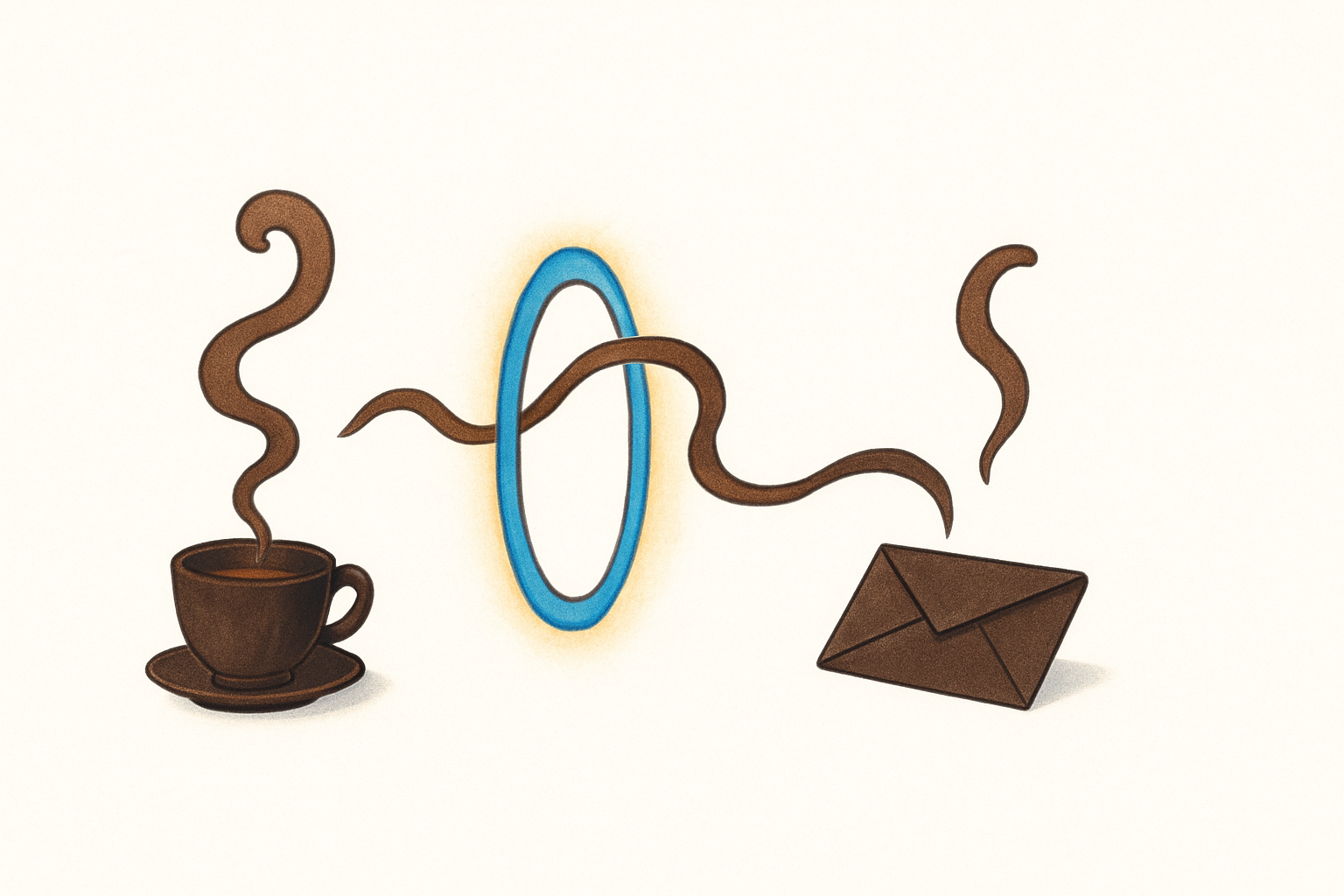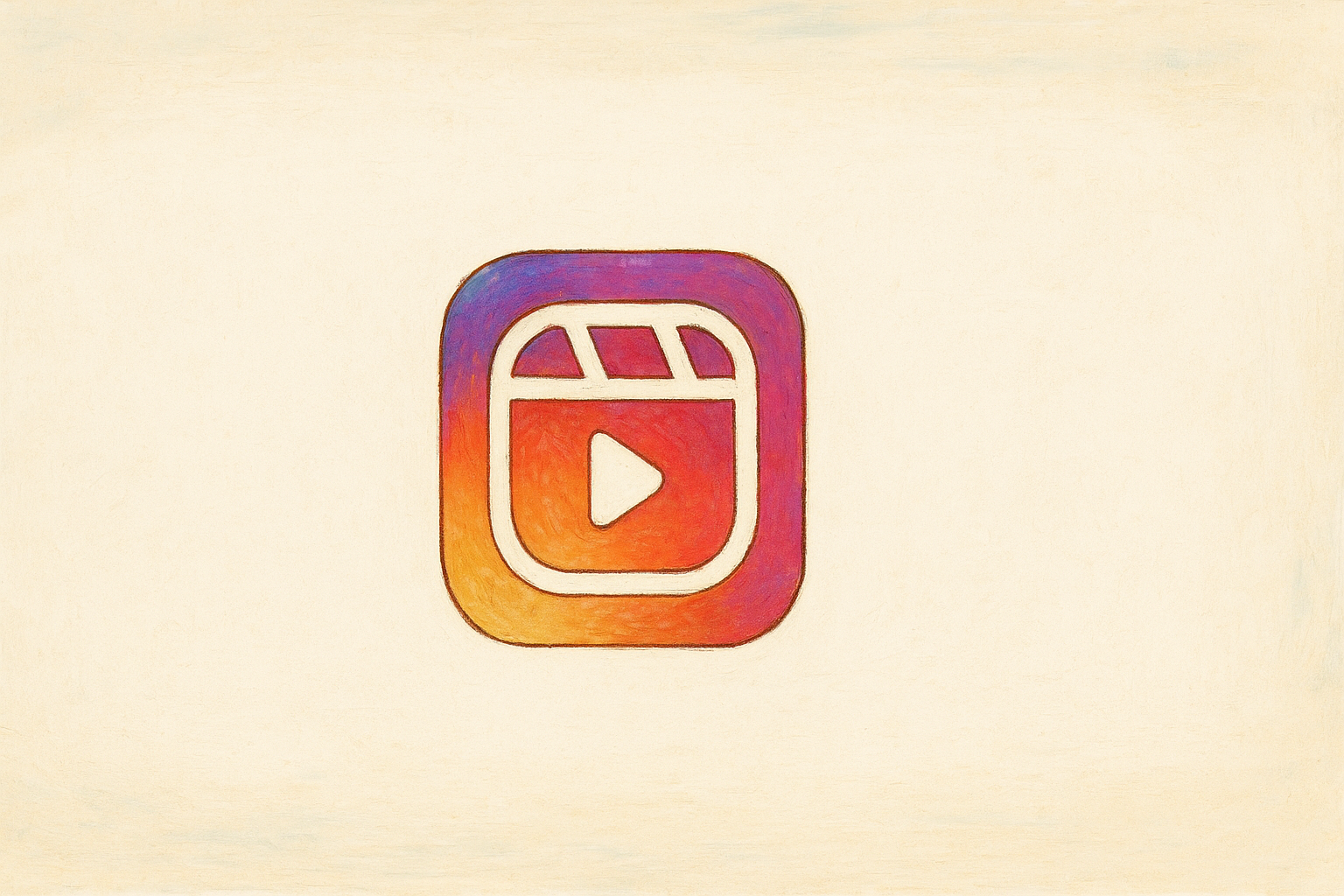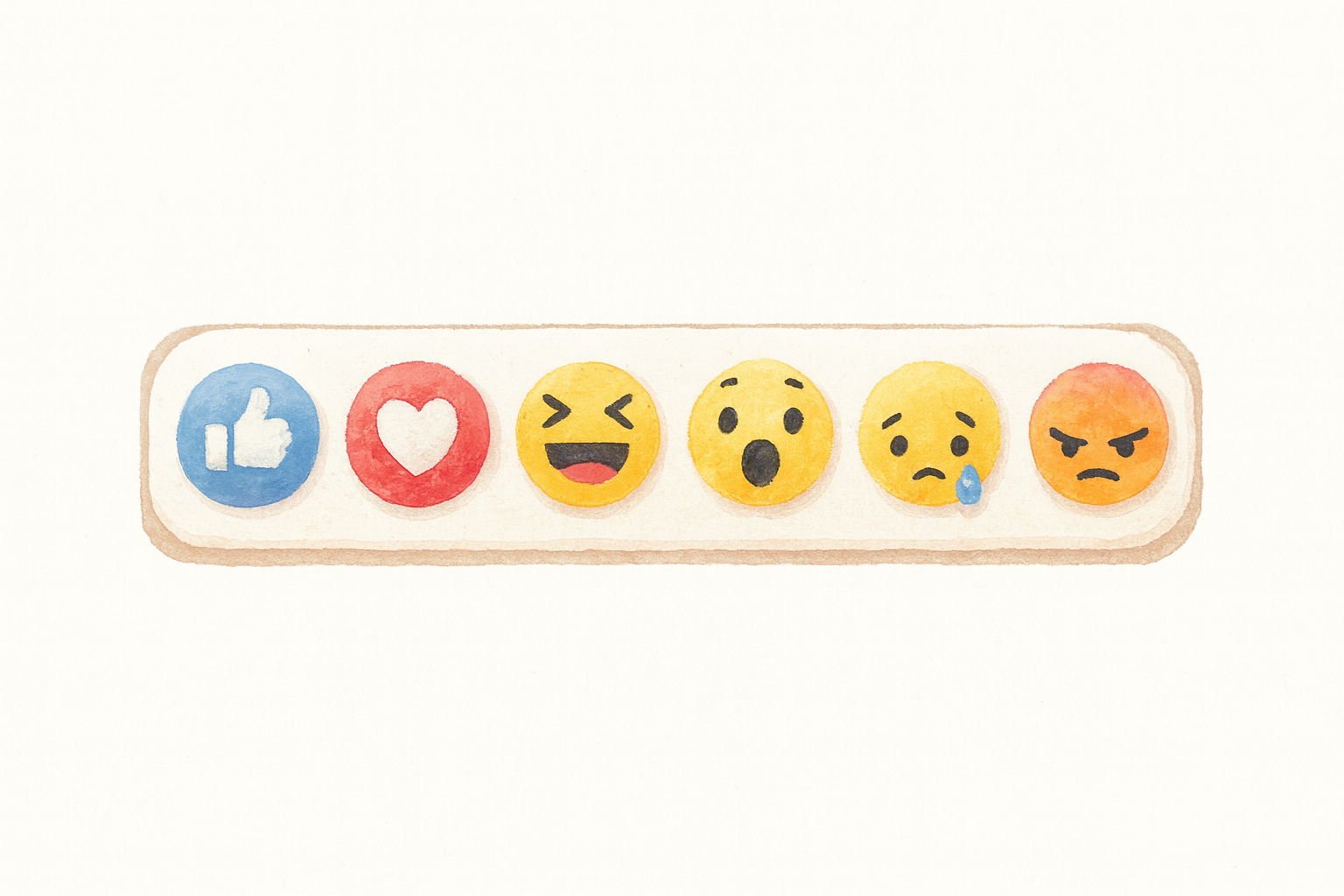All blogs · Written by Ajitesh
Google PM Interview: The Smell Teleportation API Case

Google PM Interview: The Smell Teleportation API Case
Welcome to the first edition of PM Interview Prep Weekly! I’m Ajitesh, and I’m excited to share real PM interview cases that will help you prepare for your next move.
The Context
Seven years ago, I sat across from a Google interviewer who asked me about teleportation technology. Today, I’m sharing a small twist on that question that tests the same core PM skills but with a more imaginative angle: Smell Teleportation.
This case study comes from my own experience and has been refined through 10s of mock interviews. It’s particularly effective at testing structured thinking, customer empathy, and creative problem-solving - the trifecta of PM skills that FAANG companies look for.
The Case
Interviewer: “Google’s research team has developed a groundbreaking Smell Teleportation API. This technology can capture smells at one location and recreate them at another location. The API works by analyzing the molecular composition of scents and transmitting this data to a receiving device that can synthesize the exact smell. How would you design a product using this API?”
Key Technology Details (Usually shared when asked):
- Device specs: Smartphone-sized; Sender ($500), Receiver ($800), Combined ($1,200)
- API pricing: $0.10 per smell transfer
- Scent cartridges: $50/month for standard package
- Performance: 85-90% accuracy, 2-3 second latency, works globally with internet
- Limitations: Cannot capture harmful smells; some quality degradation over transfers
The Interview Approach
Note: This framework is one approach, but feel free to take your own path in solving this problem.
1. Clarify Goals & Constraints (2-3 minutes)
- Ask about API details: accuracy, latency, device costs, limitations
- Set a clear goal (e.g., “10M users in 2 years” or “maximize engagement”)
- Understand timeline and resources
2. Identify Customer Segments (3-5 minutes)
- Think beyond obvious users. Examples: long-distance families, restaurants, healthcare, real estate, gaming
- Pick ONE segment based on: market size, frequency of need, willingness to pay
- Remember: smell triggers powerful memories and emotions
3. Define the Problem (5-7 minutes)
- Map your customer’s current journey and pain points
- Example: “Families can’t share food experiences over video calls”
- Frame as “How might we…” statement
4. Design Solutions (7-10 minutes)
- Simple: Mobile app to capture/send smells with photos
- Medium: Smart home device with scheduled “smell memories”
- Complex: Full sensory platform combining smell + AR/haptics
- Each solution should directly address your identified problem
5. Define MVP & Success (3-5 minutes)
- Core features only (e.g., send smells, preset library, messaging integration)
- Clear metrics tied to your goal (e.g., 3+ smells sent/week, 60% retention)
- Consider hardware adoption challenges
A Real Solution: B2B for Quick Service Restaurants
Here’s how I approached this case in a recent mock interview, focusing on an unexpected but compelling B2B angle.
Goal Setting
Focus on adoption and engagement first, with a 12-18 month MVP timeline. Success means proving product-market fit in one vertical before expanding. For B2B, this translates to getting brands to adopt the platform and seeing regular usage from their customers.
Customer Segmentation
I identified three key segments:
- Long-distance families - separated by geography but wanting shared experiences
- Quick Service Restaurants (QSRs) - McDonald’s, Wendy’s, etc. looking for marketing differentiation
- Healthcare/Medical - disease detection and diagnostics through smell
I chose to focus on QSRs because:
- Established, large market with deep pockets
- Already Google Cloud partners (existing relationship)
- Struggling to stand out in crowded advertising landscape
- Clear willingness to pay for revenue-driving innovations
Problem Deep Dive
Three core problems for QSRs:
- Advertising effectiveness: Customers can’t “try before they buy” with food ads
- Drive-through boredom: Long waits with no engagement
- Quality control: Hard to maintain consistency across global locations
I prioritized advertising effectiveness because it directly drives revenue and has the clearest ROI.
Solution Design
Simple: Smell Kiosks
- Mobile kiosks in malls and high-traffic areas
- Customers experience food smells before ordering
- Direct integration with ordering systems
- Low barrier to trial
Medium: Peer-to-Peer Smell Campaigns
- Customers create and share smell experiences
- Download experiences to try at local kiosks
- Viral marketing through user-generated content
- Builds community around food experiences
Complex: Nostalgic Campaign Platform
- Recreate discontinued menu items through smell
- ”Remember the 1980s Big Mac?” campaigns
- Limited-time smell experiences drive urgency
- Data collection on preferences for R&D
MVP Definition
”SmellAds Kiosk” - Focus on the simple solution first
Features:
- 10 flagship menu item smells
- QR code to order directly
- Analytics dashboard for brands
- A/B testing different smells
- Location-based targeting
Success Metrics (aligned with our adoption & engagement goal):
- Adoption: 10+ QSR brands using kiosks within 12 months
- Engagement: >100 daily interactions per kiosk
- Retention: 80% of brands renew after 3-month pilot
- User satisfaction: >70% of customers rate experience as “would try again”
Note: Notice how these metrics directly tie back to our stated goal of “adoption and engagement first.” This alignment is crucial - your success metrics should always ladder up to your primary objective. Revenue metrics can come later once we’ve proven engagement.
Key Takeaways
- Think beyond consumers - B2B applications often have clearer monetization paths
- Connect to existing pain points - QSRs already struggle with ad effectiveness
- Start simple, dream big - Kiosks today, full sensory experiences tomorrow
- Align metrics to goals - If you say “adoption first,” measure adoption, not revenue
- Quantify everything - Specific metrics show you understand business impact
Practice This Case
Want to try these PM interview questions yourself with an AI interviewer that asks real follow-up questions?
Practice here: Tough Tongue AI - Smell Teleportation Case
Watch me solve it: YouTube Video
Further Reading
Want a deeper dive into approaching product design questions? Check out my article on A Simpler Approach to Product Management Case Interviews where I break down the fundamentals of tackling any PM case with confidence.
PM Tool of the Week: Yapify
As PMs, we spend an ungodly amount of time writing emails. This week, I’m excited to share Yapify - a Chrome extension that’s changing how I handle email.
Here’s why I’m a fan:
- Speak your thoughts: Just talk to it like you would to a colleague
- Smart processing: It intelligently structures your rambling into coherent emails
- Template magic: Automatically adds calendar links, doc links based on your templates
The team just launched on Product Hunt last week, and I’ve been testing it since.
Got a PM tool you love? Hit reply and tell me about it!
Have a case you want me to break down? Reply and let me know at ajitesh@getarchieai[.]com!
About PM Interview Prep Weekly
Every Monday, get one complete PM case study with detailed solution walkthrough, an AI interview partner to practice with, and insights on what’s new in PM interviewing.
No fluff. No outdated advice. Just practical prep that works.
— Ajitesh
CEO & Co-founder, Tough Tongue AI
Ex-Google PM (Gemini)



